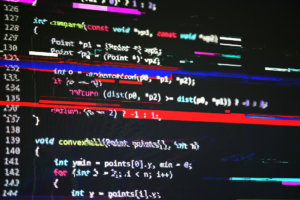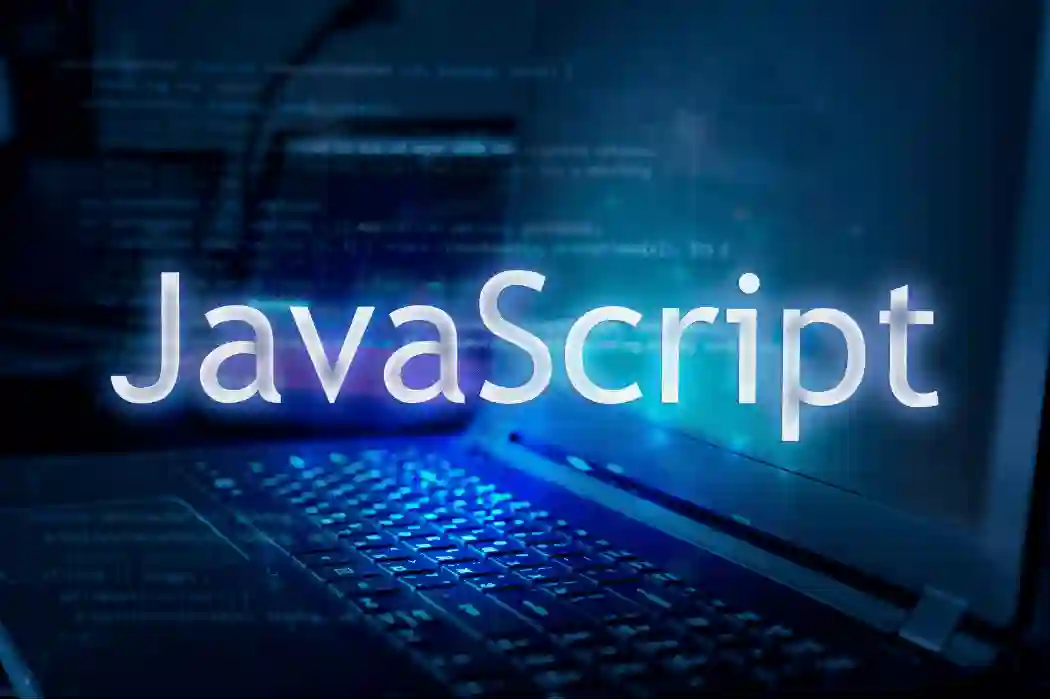Counting starts from zero in programming, not one. In the event that you are not in programming and you point out a mistake made by a programmer, prepare yourself for an angry young man looking sarcastic throwing a stone or paper at you. Aside from being incredibly funny (we have already mentioned an example), programming is also one of the hardest (if you don’t enjoy coding) and easiest things you can do.
Coding is about a lot more than just a semicolon, a bracket, a loop, and you might have made some silly mistakes, especially during the initial phase.
Coders make mistakes a lot, especially when they are just starting out, but that’s how they learn and become good programmers. As a beginning programmer, you are likely to make some mistakes during the coding process, but these are not limited to these. While learning to code, it’s important to be aware of these mistakes and not make the same mistake. A IT Training Institute in Nashik described common programming mistakes to avoid as follows.
1. Learning Too Many Programming Languages, Frameworks, and Technology
Beginners usually make this mistake when they are first learning to code. If they don’t know Java, C++, Python or a lot of other languages, frameworks, or technologies well enough to show someone or to include on their resume, then that’s foolishness, not an indication of intelligence if you do not know them well or have command of them.
You will eventually become quite confused if you spend 15 days learning Java and then switch to Ruby because Java is difficult or for some other reason. Although it’s beneficial to be able to speak several languages, we strongly advise you to start out by concentrating on only one. Once you gain experience, moving to another language won’t be a problem. If you make this error, you will eventually find that you are not a fluent speaker of any one language.

2. Comparison, Self Doubt, And Fear
As humans, we are naturally inclined to compare ourselves to others all the time, and the same is true in programming. A talented programmer solves problems fast and makes things work too smoothly, and you begin to doubt your capability, which is not good. Depending on your interest in coding, you may be quick to pick up the concept or you may take a while to do so. Slow learning is completely fine if you are motivated to learn it.
Beginners often encounter a phase when a voice inside their heads says ‘I’m not smart enough’, ‘I have the wrong type of brain’, and many other things that make them feel insecure and make them realize they can’t code. Programming can be scary sometimes, and beginners go through the phase when this voice keeps saying ‘I’m not smart enough to solve the problem’. Remember to face self-doubt with courage and to be fearless when you are facing self-doubt. Do yourself a favor and take care of yourself first before you take on the challenge of programming and help others solve their problems.
Is there anything I can do to improve my programming skills? Is there anything I need to improve on?. By taking help from others, watching tutorials or joining a programming community, figure out your strength, be grateful for it, and work on your weakness.
3. Writing Messy Code And Ignoring Code Quality
The format of a code can easily indicate if the programmer is a beginner or an experienced one. In formatting code, beginners commonly make the following mistakes:
- The code is not indented properly
- The use of white space and new lines are inconsistent or everything is put on a single line.
- It is not a good idea to write a large function or put all of the information into a single line, function, or file.
- The name of variables and functions shouldn’t make sense (for example, AbshdhhDdhjdjdXyshdb is not a good name). Variable names are randomly assigned to small case and large case.
- Coding without comments or overcommenting
There are many other errors that beginners make when writing the code, in addition to those mentioned above. The fact that your code is running and producing the desired results is exciting and encouraging as a beginner, but what if you hand it over to another person and they need to maintain or continue the code? There is a likelihood that he/she would not be able to understand the code you wrote, the loops in it, or the conditionals in it. Writing well-structured code isn’t just about writing code and making sure it works; you should also make sure that the code is clean, readable, and maintainable.
4. Writing Code Without Plan
In the excitement of starting a project, many beginners skip the thinking, researching, and planning stages and start writing code immediately. The problem requirements are not understood, there are limitations, and they are not thinking about all possible scenarios (what inputs exist and what should be the outputs). You may later regret it if you create a big issue. Every beginner should consider before they begin writing code the same way you should think before you say anything to someone, so you don’t regret it later. A developer spends only 10% of their time writing code when it comes to programming. The rest of the time is spent thinking, planning, researching, and discussing the entire project.
During the thinking, researching, planning, writing, validating, and modifying phases, beginners should follow some basic principles to avoid any failures or disasters during production.
- Get a better understanding of the problem requirements and limitations.
- Find a data structure that solves the problem by doing some research and experimenting. Decide which one is best.
- A rough working draft should be made of the program.
- You need to choose a data structure that fits your problem.
- Think of all the corners that need to be tested and note them down.
- Identify solvable pieces of the problem.
5. Thinking You Know It All
For beginners, starting to run their code without any bugs is a genuinely exciting and amazing experience. Their efforts have finally yielded a program that actually works after they have put so much effort into learning to code. Getting the hang of coding makes you confident and you start teaching other people what you know. There’s nothing more satisfying than learning new things, but what if you took a look at some more complex projects that top-notch programmers have created on Github, or even your own code that you created a couple of months ago. There will still be some modifications to be made, and your code can also be refactored. Even experienced programmers encounter this problem.
You should always remember that programming is a marathon that has no finish line. In the world of coding, there are always new technologies, frameworks, and a lot of stuff to learn. Make sure you do not undervalue your abilities, but also do not overestimate them. Make sure you stay grounded, explore more complex programming topics, and keep learning. It is common for experienced programmers to have a ‘I know everything attitude’, even after they have spent years in programming, they keep learning and exploring.
6. No Backup For Work
Any programmer, especially a beginner, can make this blunder mistake. You have spent months working on a project, and then two weeks after you have failed to save all your files on your computer, you have lost all your work. It doesn’t matter if you lost X amounts of work because your system or part of it crashed, no one is going to listen to you. In this case, you cannot give any excuses, which is why every beginner and programmer should keep regular backups of their work.
To save all of your work in a timely manner, learn the use of source control (SVN or Git), Github, or Dropbox.
7. Laziness in Doing Practice
There’s little point in reading thousands of lines of code unless you have some experience programming. Practicing coding is very different from reading about it in theory. Code practice is the most important thing a programmer can do. It’s very likely that you are going to make a lot of mistakes when you begin writing code. Initially, you might think that you understand everything you read. However, as soon as you start coding, you will discover that you don’t understand everything.
It will be difficult to write a loop at first because you’ll miss a semicolon, braces, and you’ll have difficulty writing a loop, but all you need to do is get your hands dirty with code, practice it, catch some errors, debug them, and then figure out how the small pieces work together.





